Instead of punishment, rewards, the first steps of delivering the butchery to the hungry wolves. In record time, 20,000 garimpeiros already occupied the region without impeding public action. Given the continental dimensions of the Amazon, inspection, which is historically precarious, disappeared. After 2020, and with the general emptiness caused by the COVID-19 pandemic, the Yanomami indigenous territories, among others, became a no-man’s land.
By Alfredo Lopes
________________
Follow Up Column
This is a question that cannot be answered in the heat of indignation and revanchist opportunism. And before giving in to the collective temptation to wear the toga of the judges, it is necessary for the country – in its entirety and its history – to put its hand on its own conscience, on the values and beliefs that describe more than 500 years of destruction, contempt and undisguised ethnic elimination since when this Brazil was called Terra da Santa Cruz. We are, therefore, at a crossroads: either we stop to face our own ethical and ethnic conscience as a nation or we are going to transform noise into bravado until the banzeiro of political rituals calms down again. Reality determines the urgent mutation between intention and mobilization of Brazilianness.
It is inevitable to point the finger at the Bolsonaro government and its predatory messes in the permanent way in the Amazon , its biome, our people. It would be hypocritical, however, to presume your sole responsibility. The international community was the first voice to tell the country about the mess of its manager, whose greatest feat was to divide Brazil quickly and in the worst way. The wicked and the chosen. There was also in his simplistic repertoire a plan in relation to the Amazon. A proposal intended to amend the Constitution – a consumer dream even for sectors of organized crime – that did not need to be approved to be applied suddenly: the invasion of Indigenous Lands.
“The Brazilian cavalry was very incompetent. Competent, yes, was the North American cavalry, which decimated its Indians in the past and nowadays there is no such problem in their country” and “Not a centimeter for quilombola or indigenous reserve” – were phrases spoken by Jair Bolsonaro throughout your political career
According to Agência Senado, on February 6, 2020, the bill that allowed mining, tourism, livestock, exploration of water resources and hydrocarbons reached the National Congress. At the initiative of the federal government, the project was supposed to regulate the exploitation of indigenous lands (PL 191/2020), a campaign promise by the President of the Republic. But there was no need to wait for the Law. Administrative measures were advanced with the emptying of supervision, in terms of budgetary and human resources, and the elimination of fines.
Instead of punishment, rewards, the first steps of delivering the butchery to the hungry wolves. In record time, more than 20,000 garimpeiros already occupied the region without impediments to public action. Given the continental dimensions of the Amazon , inspection, which is historically precarious, disappeared. After 2020, and with the general emptiness caused by the COVID-19 pandemic, the Yanomami indigenous territories, among others, became a no man’s land.
This, however, was the accelerated radicalization of a secular movement. In previous governments, some denunciations can be found, confirming the ineffectiveness of timid public policies of the Brazilian State in the care of the original ethnic groups. An example of this is the report Violence Against Indigenous Peoples, published by Cimi, the Indigenous Missionary Council, which recorded, in 2014, 138 murders and 135 cases of suicide. In Mato Grosso do Sul alone, there were 41 murders and 48 suicides. It is worth visiting the dramatic health crises of Vale do Javari, known worldwide as Vale da Morte. With the word the MPF of Amazonas in 2014, with the threats to the Korubo indigenous people, an isolated group.
Also in 2014, Brazil established a National Truth Commission to investigate the crimes of the Military Regime, which proved that indigenous people were victims of serious human rights violations deserving reparation. The investigation concluded that at least 8,350 indigenous people were killed in massacres, land grabbing and forced removals, contagion by infectious and contagious diseases, prisons, torture and mistreatment, and suffered extermination attempts.

This information is part of a dense report by the Amazon Cooperation Network, RCA, established in 2000, with the mission of promoting cooperation and the exchange of knowledge and experiences between indigenous and indigenist organizations that operate in the Brazilian Amazon , to strengthen the autonomy and increase the sustainability of Indigenous Peoples in Brazil.
In 2017, a large group of indigenous leaders met in the State of Acre to denounce yet another portrait of the neglect of the indigenous population, especially with the lack of medical assistance that would be victimizing children, as is happening now in the Yanomami TI. In other words, from the notes of Friar Gaspar de Carvajal, chronicler of the expedition led by Francisco de Orellana, prior to Pedro Alvares Cabral, the historical process of indigenous genocide has already been confirmed. The religious’ diary allows one to speculate on a population of 6 million indigenous people in the Amazon at the beginning of the 16th century. At the dawn of the 20th century, however, there were less than 1 million.
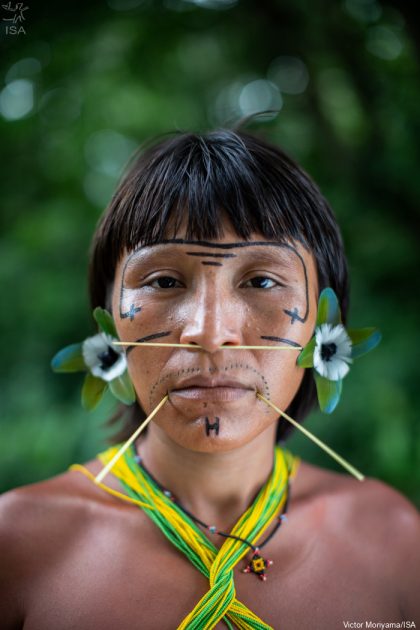
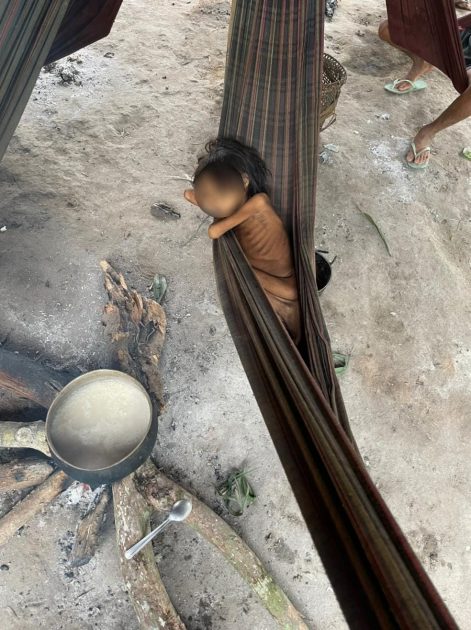
The last cry for help, spread from the Western Amazon, on January 20, 2023, however, brought to light a reality that Brazil insists on pushing under the non-indigenous rug: civilized culture is more alive than ever (?) of depredation and genocide. Dozens of letters sent by the UN to the Brazilian government, demanding indigenous abandonment, in the last three years, were answered by the fakenews pattern of misinformation that became predominant in the Bolsonaro administration. A pattern that composes the narrative of hatred, the demonization of opponents and the absolute refusal to constructive interlocution.
In this wave, unaware or aware, growing segments of the population naturalized the landing of sophisticated structures of equipment and transport, energy and communication in indigenous lands. In the luggage of the perverse landing, huge doses of mercury, the contagious drug of destruction, the portfolio of white pathology, to silently kill defenseless indigenous people . Rapes, violence of all kinds, destruction of precarious and rare public health equipment. Federal Police and National Force, urged by public opinion, tried to rehearse the repression of organized and organized crime based on the omission/adherence of the central government.
It is difficult to survive in the deep Amazon with this historical pattern of institutionalized neglect. The criminal opportunists who operate in this secular context of permissive shadows and impunity at no cost, feel comfortable and rewarded. Here, contrary to the specific initiatives of the legal economy, those that the State controls but its bureaucratism inhibits, legal uncertainty is a premise for facilitation and results.
The challenge at the moment is: to maintain the fiscal counterpart economy that exists in the Western Amazon and spreads jobs, opportunities and raises taxes throughout the country – let’s pay close attention – and to banish the crime resulting from illegal mining , which does not issue invoices, nor does it contribute to the attributions of the public power. And who will be the winner?
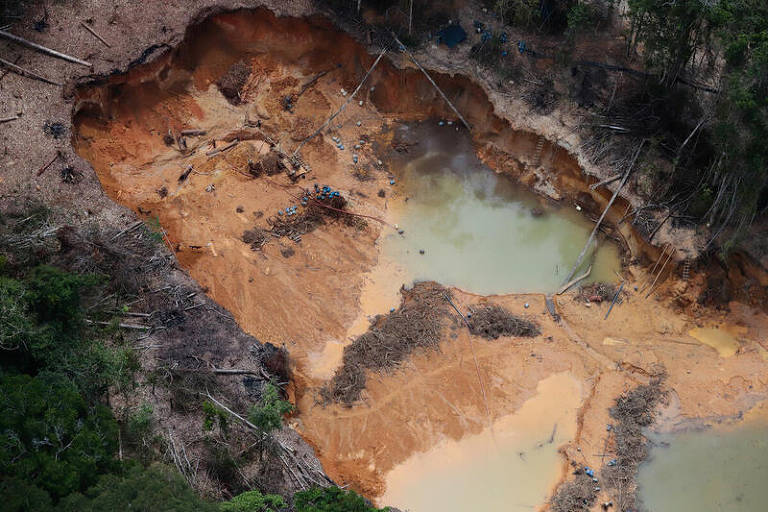
Putting it another way, is it worth the suggestion to accompany who will, at the end of the day, be rejected or recognized by the emissaries from central Brazil? Will those who discover the gunpowder for washing the economy that illegal mining represent win – do Yanomami lives matter? – or the transparent economy of the fiscal policy that generates the necessary resources for the civilized management of the Amazon , its people, especially its traditional populations?
Brazil once again occupies the headlines in the astonishment of its ills and contradictions in the international press. I hope this bothers us, embarrasses us and teaches us to meditate on who we are and what paths we are choosing. If it matters to identify culprits, let us start this search in each one of us. Hell is other people if we remember that in interpersonal relationships the other is me.
Thus, instead of needing to point out this or that harbinger of death – as judges of hypocrisy – let’s build the good luck of what it is up to us to do and that can result in general pacification, starting with the underprivileged to whom we need to join hands in the name of recovery of life, which only makes sense whenever it is shared. Indigenous lives always matter.
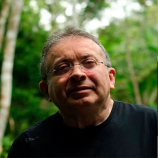


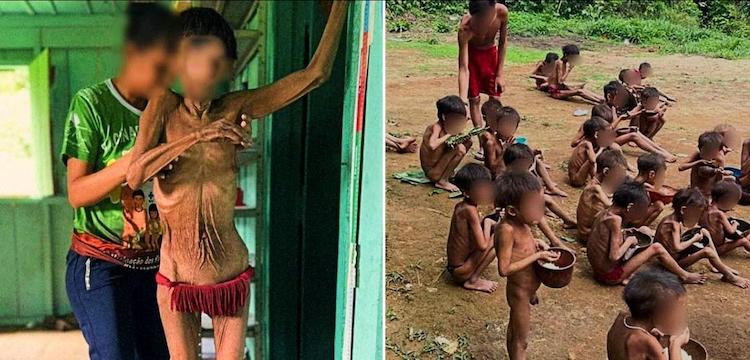


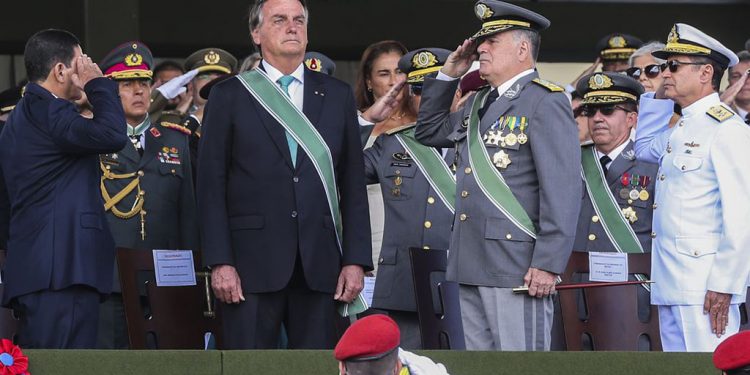














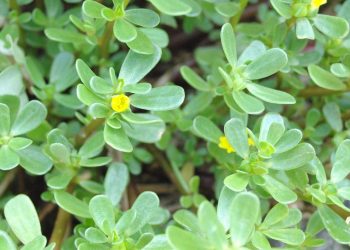
Comentários